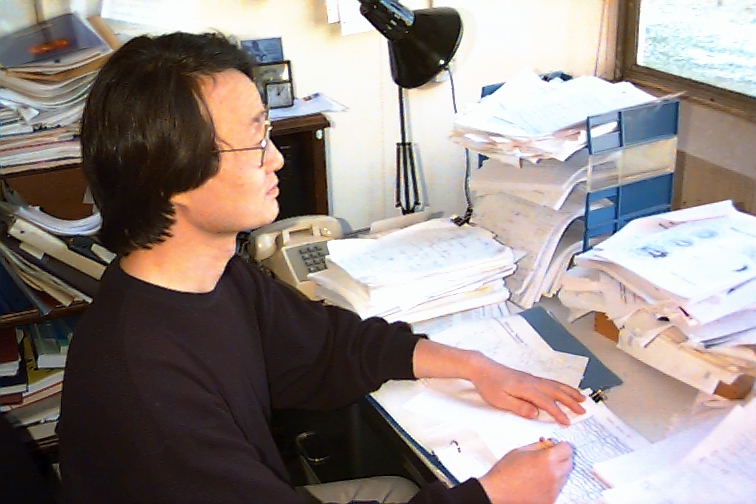
MH3D CODE FACT SHEET 
1. Code Name: MH3D
2. Category: 3D nonlinear MHD simulation
3. Responsible Physicist: W. Park and H. Strauss
4. Others involved in code development: D. Monticello, L. Sugiyama(MIT).
5. One line description: Nonlinear toroidal 3D initial value MHD code.
6. Computer systems which code runs on: Sun Sparc, Dec Alpha, Origin2000, Cray J90
7. Typical running time:10 J90 hour.
8. Approximate number of code lines: 30,000 lines
9. Does this code read data files from another code? VMEC, PEST, MH3D-T, MH3D-K.
10. Does this code produce data files that can be read by another code? MH3D-T, MH3D-K.
11. 1-2 paragraph description of code: The code MH3D is a nonlinear resistive compressible 3D MHD code. It is a fully toroidal code with no expansion approximation being used. It is an initial value code, and is run analogous to running an actual experiment. As in the experiment, the initial conditions, such as initial density, temperature, and q profiles are first determined. Then, again as in the experiment, the boundary conditions, such as the voltage at the wall, determines the time evolution of the plasma discharge. The code can be run either using a finite difference structured mesh or a finite element unstructured mesh. The code uses a stream function/potential representation for the magnetic vector potential and velocity that has been designed to minimize spectral pollution. The basic solution algorithm is quasi-implicit in that only certain terms in the fluid part that are the most time-step limiting are solved for implicitly, with explicit differencing being used for the remaining terms. MH3D, the two-fluid version MH3D-T, and the particle/MHD hybrid version MH3D-K are components of M3D project.
12. Similar codes to this code, and distinguishing differences: NIMROD
13. Journal References describing code (up to 3): W. Park et al., Phys. Plasmas 6, 1796 (1999), H.R. Strauss and W. Park, Phys. Plasmas 5, 2676 (1998), W. Park et al., Phys. Rev. Lett. , 1763 (1995).
14. New code capabilities planned for next 1-2 years: MPP version of the code, more electron physics
15. Code users: W. Park, GY Fu, S. Hudson- PPPL; L. Sugiyama - MIT; H. Strauss - NYU.
16. Present and recent applications of code: Pellet injection, Double-tearing sawteeth, High-beta disruption, 3D halo current, Resistive wall mode, Sawtooth oscillation, Anomalous heat pulse propagation.
17. Status of code input/output documentation. Check one: ( ) does not exist ( ) incomplete (X) exists
18. Year Code was first used and present frequency of use: 1989, In frequent use.
19. Estimate of Man-Years invested in developing code: 6 years
20. Catagories of usage of Code (Check all that apply): (X) application code to do analysis and prediction of experiments (X) numerical testbed of theoretical ideas ( ) physics module to be used in integrated moddelling ( ) code for machine design
21. Language code is writen in: Fortran
22. Results of intercomparisons with other codes and results of validation against experiments: Ideal equilibrium and linear eigenmodes compared to PEST. Nonlinear tearing mode island saturation compared with analytic results. Resistive wall mode compared with analytic results. All the benchmarks done for MH3D-T and MH3D-K are also benchmarks for MH3D code, because it is included in them. High-beta desruption compared with experiment. Double tearing sawteeth compared with experiment